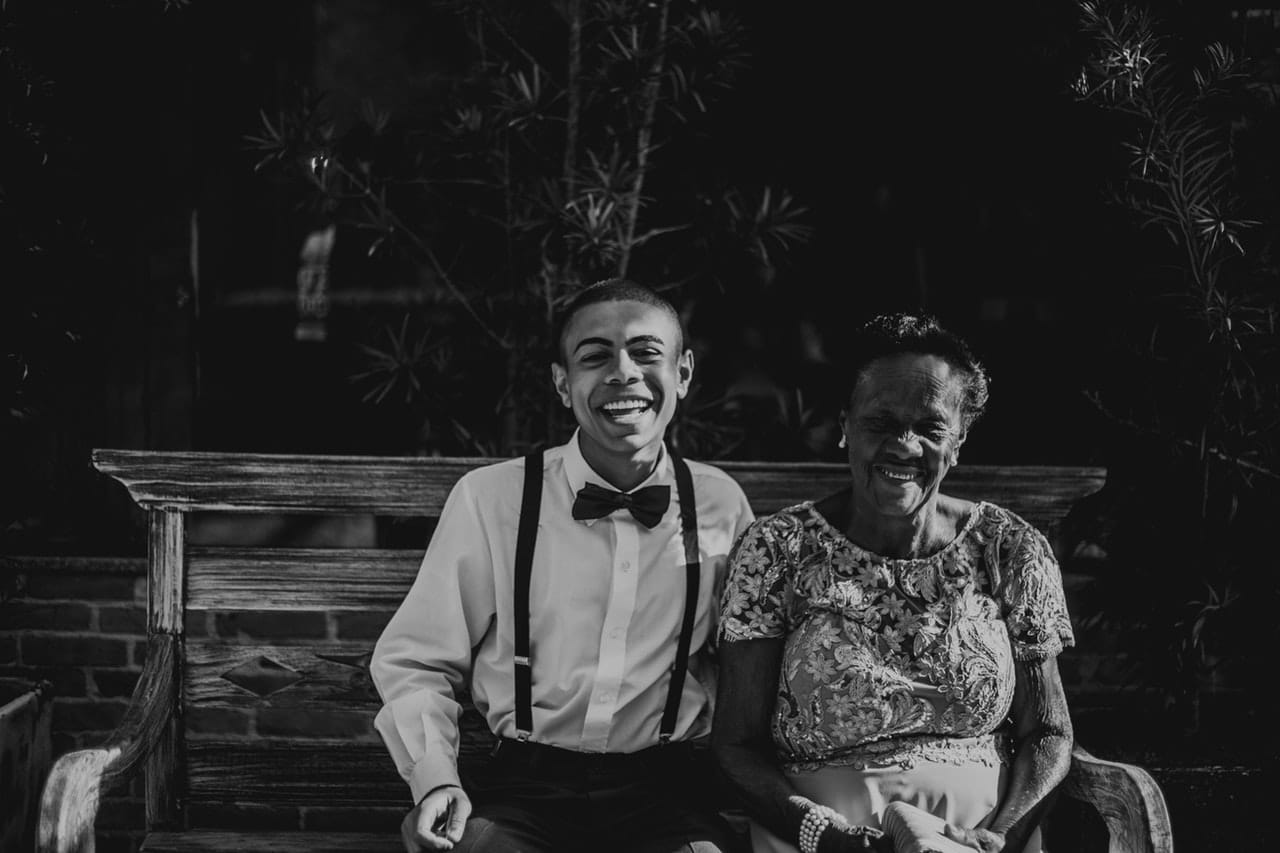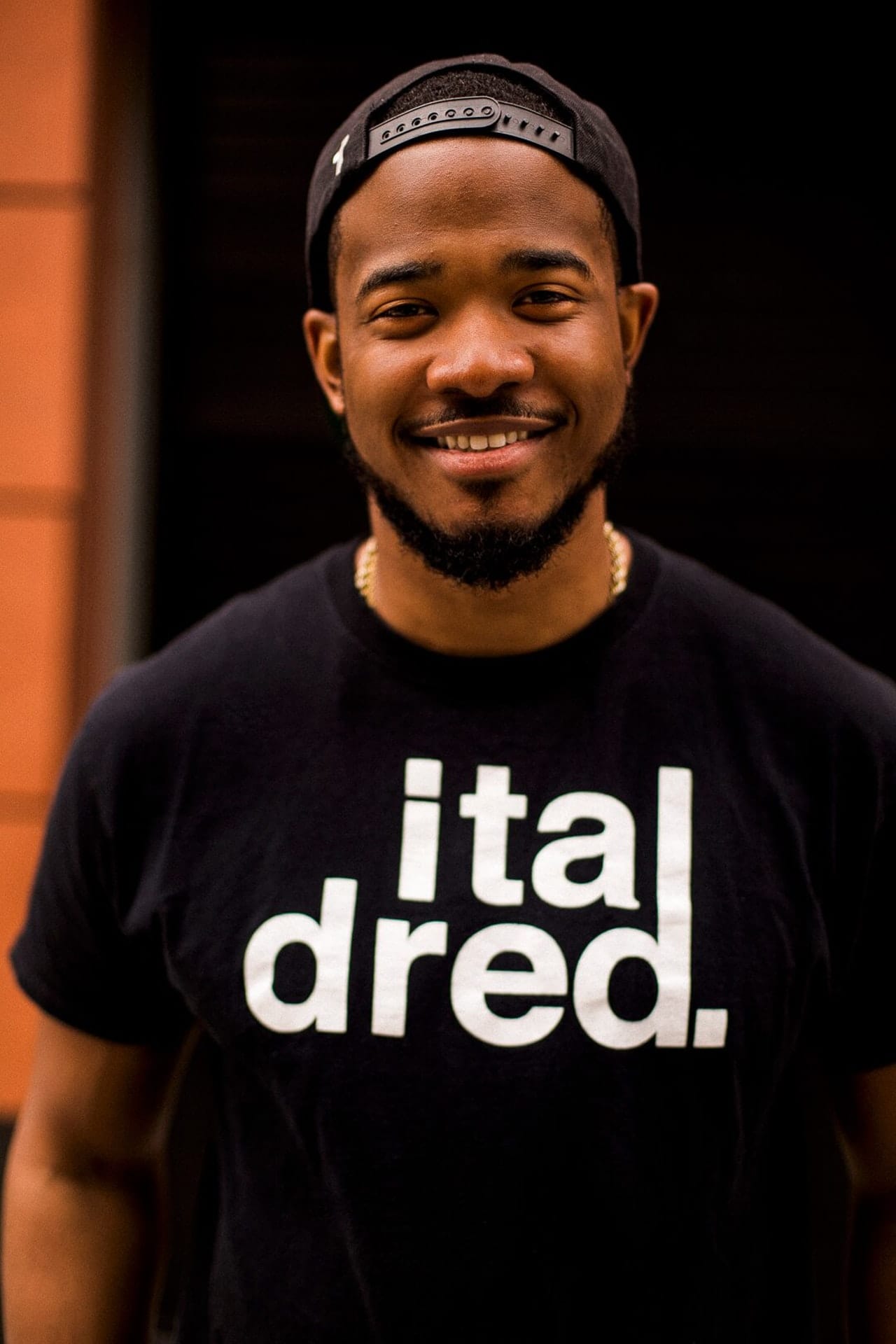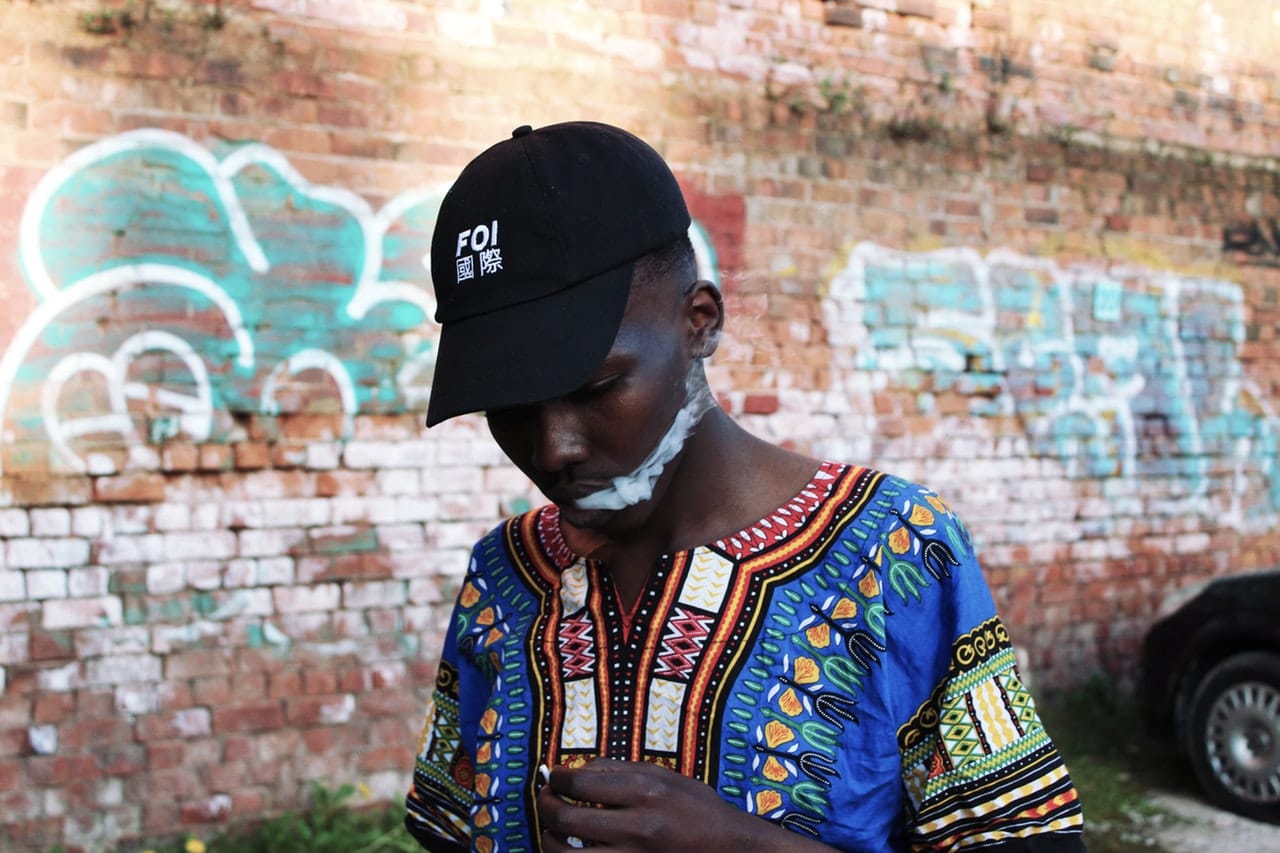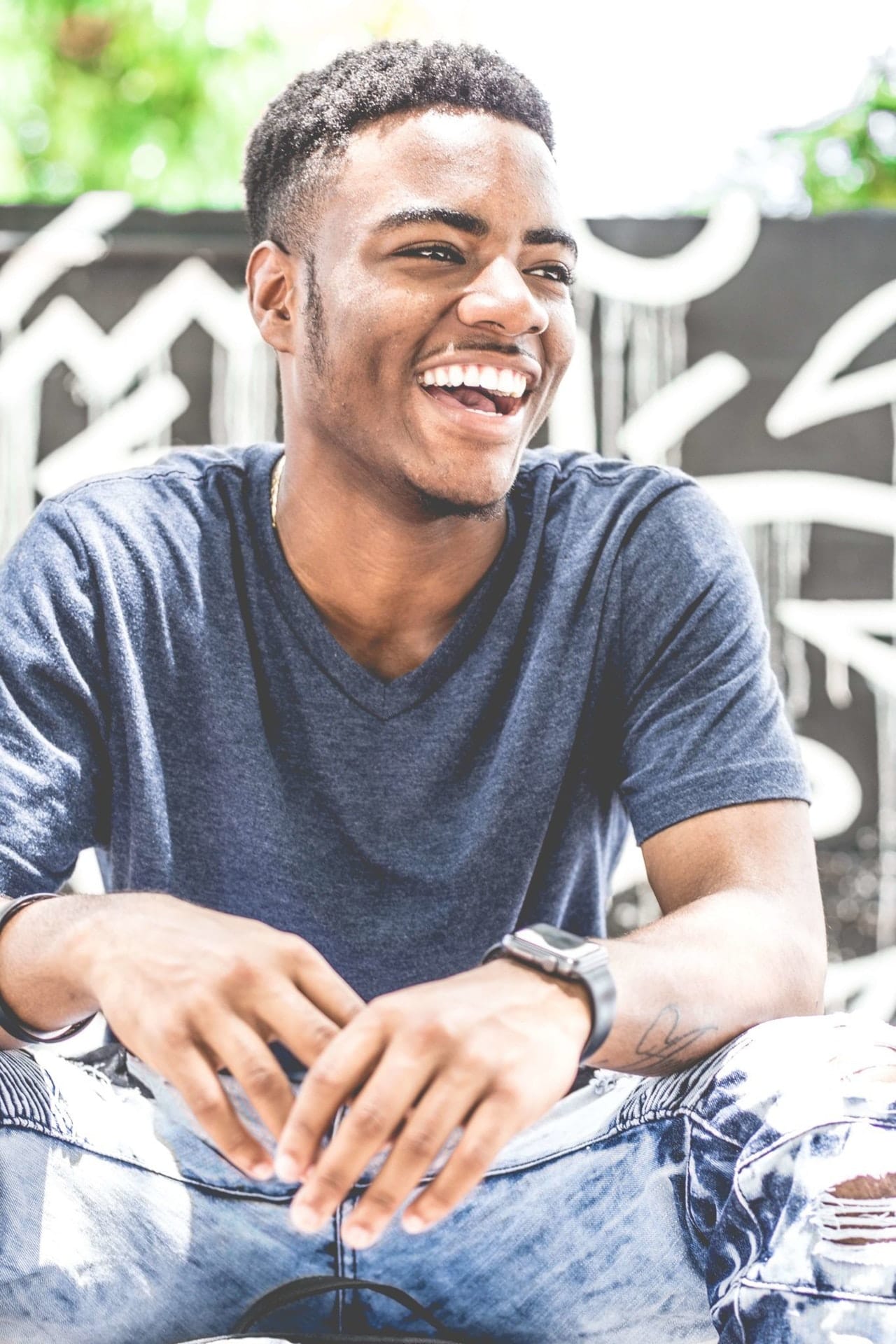BLACK CULTURE'S PLACE IN FASHION
The culture is evolving everyday - and we're here to keep you up to speed...
Below is a constantly updating guide to black culture - and black men's fashion place in it, along with blog posts + videos about the topic.
History of Black Culture in Fashion & Style
Black Owned / Operated
Subcultures & Regions
Celebrity Fashion
You ready for this?
I feel like this is one of the most important articles we’ve ever published. it’s time the Internet had a place to discuss black culture and how it’s influenced fashion.
Don’t get me wrong, several other magazines and websites have discussed this before, but I truly don’t feel right without having Welldressedbrother give its take on it.
So let’s get into it – black culture and its place in fashion and style over the years. The story is the same. As with many other areas of influence in society, black people as a whole have had their ideas stolen, their contributions taken, but no credit given…
Fashion houses and studios have borrowed liberally from black culture’s trends and customs, packaging them up into a product to sell.
While we are in a better place to day- with black people recognized for their contributions to fashion and style – there’s still work to be done. A mountain to be climbed.
Today, from celebrities to designers, from store owners to influencers, black culture is alive and well in the fashion industry. It was a treat to put this article together – black culture as come a long way in fashion today.
Lets walk through it below.
1. History of Black Culture in Fashion & Style
Both obvious and vague at the same time.

Black (particularly African-American) culture has influenced some of fashion’s biggest trends ever, as we’re about to go into.
Today, black artists and creatives are claiming the space that has always belonged to them in the fashion world. We’re pushing back on Euro-centric style ideals, letting non-minorities know that there are different perspectives on menswear and art. Breathing our black culture into a stale industry. Diversity is still a hot topic in the fashion world today. Many designers, labels and brand make missteps with racist designs (unknowingly at best, intentionally at worst).
It’s the culmination of a slow march for recognition that goes back decades. It’s criminal to think how many of style’s biggest trends were originally influenced by black culture – without recognition given in return.
Afrocentrism is a big thing in fashion now – that ties back directly to the desire of the black diaspora (millennials and Gen Z among them) to know more about their ancestry, history and trends from the past.
Globalization has played a massive part in today’s black culture-centric fashion and style trends. When you can easily open Instagram and look at African-influenced, triable type clothing (kufis, daishikis among them), what’s preventing you (as a black man) from ordering one of your own?
There’s also the fact that style and fashion heavily reflect different social, economic and cultural backgrounds.
From the 20’s to the 80’s, 90’s – through the 2000’s, 2010s, and today – black culture has lead to changes in style that persist today.
In the 20’s, jazz and blues contributed to trends like the Charleston dance, which in turn gave birth to the era of the zoot suit (baggy & oversized).
Entertainers delivered unique looks for the black community to try for themselves. Therefore, as black culture gave rise to more entertainers (take your pick – Run DMC, Kid n’ Play, NWA and more) they had influence on the black community.
Today, fashion and style has black fingerprints everywhere.
The intersection of black culture and black men’s style is a broad and diverse one. They go hand in hand, all things considered.
Black men – no, black people- the world over rock with the diaspora. We all have our identifies rooted in, among many other things, our sense of unity.
But black culture isn’t just mainstream, popular culture. Unlike what the media, or the mainstream news cycles, or music videos would have you believe. No sir...it goes way deeper than all that.
What the above sources (media, studios, marketing executives, fashion brands etc.) would have you believe:
Black culture is a lifestyle based on the flashy and the expensive. Why do you think young men line up for overpriced basketball shoes with every new release?
It’s the flair in hip-hop, where every new artist seems to dress more uniquely and exotically (don’t get me wrong, I love hip-hop, just calling it like I see it).
While we don’t have a problem against any of this, too often black culture is tied back to things like excess, material wealth, and flashy displays (stunting in other words).
Where’s the black culture in that? When brands, products, and even musicians are made to appeal to us by marketing executives and company owners behind the curtain.
This, in turn, leads to people of other backgrounds have wrong conclusions about how we’re “supposed” to behave and act.
Yeah, right…
We wouldn’t define it as that..we’d define it as this:
- Back culture is the roll-up (the summary) of all contributions to lifestyle and living – from music, to clothing, to entertainment – by the black community.
- It draws from a variety of influences – from black communities all over the world, as well as from outside of them occasionally.
- Being black today is to be woke – aware of your place in society, as well as how others attempt to place expectations on you, and the influences / experiences that shape you on a daily basis.
As you might imagine, all this ties back to the fact that black culture is a limitless subject. Since we don’t have all day to go over background and history… let’s narrow our focus to the intersection of black culture and black men’s fashion.
Style shaped by the black / African diaspora is everywhere today. And it’s plain to see.
It can be as simple as a brother rocking a daishiki when being out and about. Or it might be a glimpse of an Afro when you’re out in the street.
The world is an increasingly smaller place. The arrival of globalization, technology, social media – all these things allow for more exposure to inter-regional black culture than ever before
Again, being woke – appreciating the diaspora and community that you’re a part of – is a thing now. Millennials and Generation Z have a strong desire to uncover truths about their African descent and ancestry.
And for other black peoples from West Indian cultures and so on – it’s much the same. No matter the background, men and women today are more aware of their descent and background than ever before.
There’s no doubt that black culture continues to express itself through style to this very day.

2. Black Owned & Operated
Designers, brands, etc. All doing big things.
All Posts In This Category
-
5 Black Fashion Designers That Were Pioneers
If you're a WDB reader, you're a fan of fashion and black culture. Today, I wanted to talk about peo
8 Black Men's Style IGs You Should Follow
Man! It's not a joke to keep up with black men style today. You’re set up to fail. When you are tr
Today, many black designers, influencers and store owners are leaving their fingerprints all over fashion. It’s about time. As a whole, black designers have been slept on for hundreds of years. It’s only today that they are finally showing out in greater numbers as they have always deserved. They’ve been nothing but an asset to black culture.
Their bold stances – refusing to align with the mainstream, pushing back on the industry – should be respected. When the fashion world is as diverse as the real world is, we’re all better off; these designers have played a great part in advancing us to where we are today.
Designers
Some noteworthy designers in black culture include:
- Virgil Abloh – Currently of Louis Vuitton, is the first African American (male or female) to lead design at a major brand. His appointment in March 2018 as the artistic director of Louis Vuitton’s menswear was a watershed moment. He’s also the CEO of Off-White – his street style brand and fashion house that he launched in 2013.
- Dapper Dan – Harlem’s own Dapper Dan. In the 80’s Dapper Dan catered to the Hip Hop community by creating custom pieces carrying brand logos (without the brands’ approval). Dapper Dan was sued in the early 90’s and his boutique was shut down.. Fast forward to today, and you’ll find the same brands making clothing influenced by his ideals and vision. Gucci has collaborated with him; now he has a studio in Harlem paying homage to his original boutique.
- Kerby Jean-Raymond (Pyer Moss) – Kerby Jean-Raymond is the founder of the unisex brand Pyer Moss. Pyer Moss brings social consciousness to the fashion runway – his collections are meant to bring forth dialogue and discussion.
- Romeo Hunte – A modern day brand, Romeo Hunte offers transformational fashion meant to bridge different time periods. His street style pieces have been seen in Zendaya and Beyoncé’s wardrobes.
- LaQuan Smith – Hailing from Queens, LaQuan Smith is known for his bold designs and his work on the red carpet. He’s had collaborations with multiple celebrities like Rihanna and Beyoncé.
- Christopher John Rogers - A designer who works in loud colors and bright silhouettes. Brooklyn based Christopher John Rodgers is known for outfits that command attention and interest.
There’s also the fact that more talented black and African-American people are rising to prominence in the fashion industry today.
The, too, are putting their own unique stamp on black culture – apparel that symbolizes a message as much as it serves a function or purpose.
Many of these brands feature African-specific symbols, colors and prints. They celebrate black culture, prominently so.
Think of the countless hours that go into projects like these – and show your appreciation by checking out some of the links below.
The below business owners and entrepreneurs deserve your recognition and support!
Power In One
We at WDB admire Power In One. Opened back in 2011, Power In One was created with a very specific mission statement:
“To empower lifestyles by igniting the fire within each one of us – through fashion and ideas.”
Their store has a wide, varied collection of everything from tanks, to tees, to hats and more – all with Afro-centric messaging. Repping the (black) culture well!
8 & 9
https://www.instagram.com/8and9/
Based in Miami, Florida, 8 & 9 is a black owned fashion brand that specializes in minimal streetwear. Their aesthetic is on point.
According to their mission statement, the background behind their name:
“Rooted in the symbolism of each digit 8 most often represents infinity, and 9 symbolizes perfection”. For them, it's all about refusing to settle and being on a constant path of improvement.
Sweet Knowledge
https://www.instagram.com/sweetknowledgeclothing
If you’re looking to rock some HBCU pride, Sweet Knowledge is the wave. Founded by Howard University alum Leslie Antonoff, this brand was designed for students and alumni and historically black schools to represent. Check them out!
HGC Apparel
Pride. That one word sums up HGC Apparel’s existence. Their tagline: “Feeding the Conscious Mind”. Inspired by black culture in the early 90’s, their apparel is very loud and in your face. Their mission - to bring pride and consciousness to the community.
Buried N Kulture
https://www.instagram.com/buriednkulture
Their mission: To make “kultured’ people feel at home. To that effect, their site aesthetic, and apparel, is very striking. “Take care of home always and remain Loyal 2 the Soil”.
Brooklyn Circus
A menswear brand that’s inspired by classic American prep, the Brooklyn Circus stands out for its unique, dapper gentleman style. All looks that I definitely jive with.
Beautiful in Every Shade
https://www.instagram.com/beautifulineveryshade/
On a mission to transform the way everyday folks see themselves, Beautiful in Every Shade has a , positive message. Their site has apparel across cultures, languages and more.
3. Subcultures & Regions

All Posts In This Category
-
90s Hip Hop Fashion - The Ultimate Guide⛓️
90s hip hop fashion represents one of the most enigmatic periods in fashion history. In the 90s, man
The Black Hipster: 14 Examples of Hipster Style
Black Hipster fashion! Here, let’s go into a bit of detail and talk all about it. So,
The Most Fashionable Cities for Black Men
When it comes to black male fashion, there isn't a city in the world without at least a few stylish
Black people have either outright started, or added a unique twist, on many different fashion subcultures that you see today.
From the influences of the Motown Era to the birth of hip hop, it’s no secret that many movements in style today come from black culture.
As a result, black fashion constantly innovates and splits into different sub-cultures and genres. Here are a few of them below:
Subcultures
- Hipster Style
- Dandyism
Music & Fashion
Obviously, black musicians – including R&B, Hip Hop, and many more – have had a significant influence on black style & fashion during different time periods.
We’ve touched on this previously but let’s revisit:
Hip-hop alone is responsible for a massive contribution to fashion and style. Artists from the streets brought their style to the big stage, and as a result, things like baggy jacks, clothing, chains, necklaces, and jewelry all impacted pop culture.
Hip hop has been called “America’s greatest cultural export” by Business of Fashion, and the publication also published a story called “Why Rappers are Fashion’s New Royalty”.
You know Dapper Dan, the “Hip Hop Tailor of Harlem”, took designer brands and tweaked them for big hip hop artists in his heyday.
Hip hop style went mainstream almost immediately. You’ll see things like customized, oversized jackets with patches and pins when you go out and about.
Things like glasses as a fashion statement, sneaker culture, chains, caps of all kinds – these all have deep roots in hip hop.
- Snapbacks and Fitted: In the late 80s, snapbacks became one and the same with streetwear culture. Everyone from Ice Cube to Will Smith (the Fresh Prince of Bel Air) to Tupac was wearing them, in movies and TV shows. It’s been a staple ever since – the way through the 2000s.
- Hoop Earrings: In the 19060’s hoop earrings became prevalent during the black power women. Both women and men began to embrace them as part of their Afrocentric kick that really began in the 80’s and 90’s.
- Baggy Pants: Sagging pants, a trend and staple of the 90’s and 2000’s. Loose belt or no belt at all, allowing your pants to drop below the waist. It began to look cool as hip hop and rap made the look mainstream.
- Bucket Hats: Also introduced to street style in the 90’s by hip hop, many rappers like Run-DMC, LL Cool J and Jay Z began sporting it. It’s even been seen on major runways, and from brands like Prada.
Regions
Black culture leads to different variations in style based upon region.
Black men in LA don’t dress the same as black men in Atlanta. Black men in NYC dress differently from black men in Dallas.
From Detroit to Chicago, regional style is a thing. It’s less traditionally looked at in black culture than other areas like you’ll see above, but it’s still noteworthy.

4. Celebrity Fashion
Always evolving...
Some of today’s most popular black celebrities have style and fashion all their own – styles that make them truly unique among the black community.
Some celebrities are not only fashion designers but provide influence from their own unique outfits as well. Their fashion fingerprints are all over black culture today.
Many of the people you’ll see below are trailblazers; men who are noteworthy for their trailblazing influence. You can’t look at style today without seeing their fingerprints all over it. Their collaborations with brands came from the outside in.
It’s said of the fashion industry that the majority of big brands overcame their distaste for urban fashion just as it reached the big time. With a majority of popular culture fixated on hip hop, the big brands had no choice but to follow.
These days the brands are the ones reaching out to the rappers. How about that?
Here’s a few style icons that I seem to come back to all the time:
- Russell Simmons: Known for Def Jam (hip hop music), Phat Farm, Argyleculture and American Classics (all apparel lines), Simmons has a net worth of $340 million from the three. From Queens, NY, Russell made a clothing line (Phat Farm) when he saw fashion designers stealing from hip hop. His influence and work help define hip hop as something other than just hard lyrics; he turned it into a youth culture.
- Diddy: Sean Combs has had an outsized effect on modern fashion, one you’d need to read up on to believe. Before A$AP and Kanye, there was Diddy. In 1998, he launched Sean John. He was shot by Vogue in Paris during Fall 1999 – in a game-changing spread that still resonates over 20 years later. Diddy has pushed boundaries in the fashion world in a way that rappers that have since followed aspire to live up to.
- Kanye West: Mixing high end designer with minimalist sportswear, Ye’s sense of style is super notable. From backpack rap to his influence on modern minimalist fashion, where to begin? Let’s not forget his Yeezy line – Yeezy Season shows in loose fitting clothing, pastels and monochrome color schemes.
- Chadwick Boseman: The man has been killing the game recently with an unforgettable list of stylish suits, different outerwear pieces and shoe selections. His Meta Gala look was especially notable. His Afrocentrism is on vivid display every time he steps out.
- Pharrell: Long considered one of the most iconic, stylish black men in the entertainment industry, he’s made trends of all kinds mainstream. Pharrell predicted many fashion trends like streetwear going mainstream, gender-fluid fashion and more. He’s launched Billionaire Boys club, a collaboration with NIGO, a Japanese designer. The store is located in SoHo in NYC. He’s famously collaborated with Adidas as well.
- A$AP Rocky – From his beginnings in Harlem’s A$AP mob (a group of rappers with similar tastes in music, fashion and art), Rocky has changed the landscape of both hip hop and fashion. Perhaps more so than any other rapper today, Rocky is known for being a fashionista just as much as he is for rapping. Today, he runs his own clothing label and he’s collaborated with Raf Simmons and other well-known designers.
- Young Thug: Known as eccentric and a little different, Young Thug has rocked man gender-fluid looks that drew attention and left a few people scratching their heads. He’s modeled for Calvin Klein, Puma, and many others. The Atlanta rapper is known for tight jeans, necklaces, pearls and looks that are on the edge of their seat, waiting to see what he does next.




